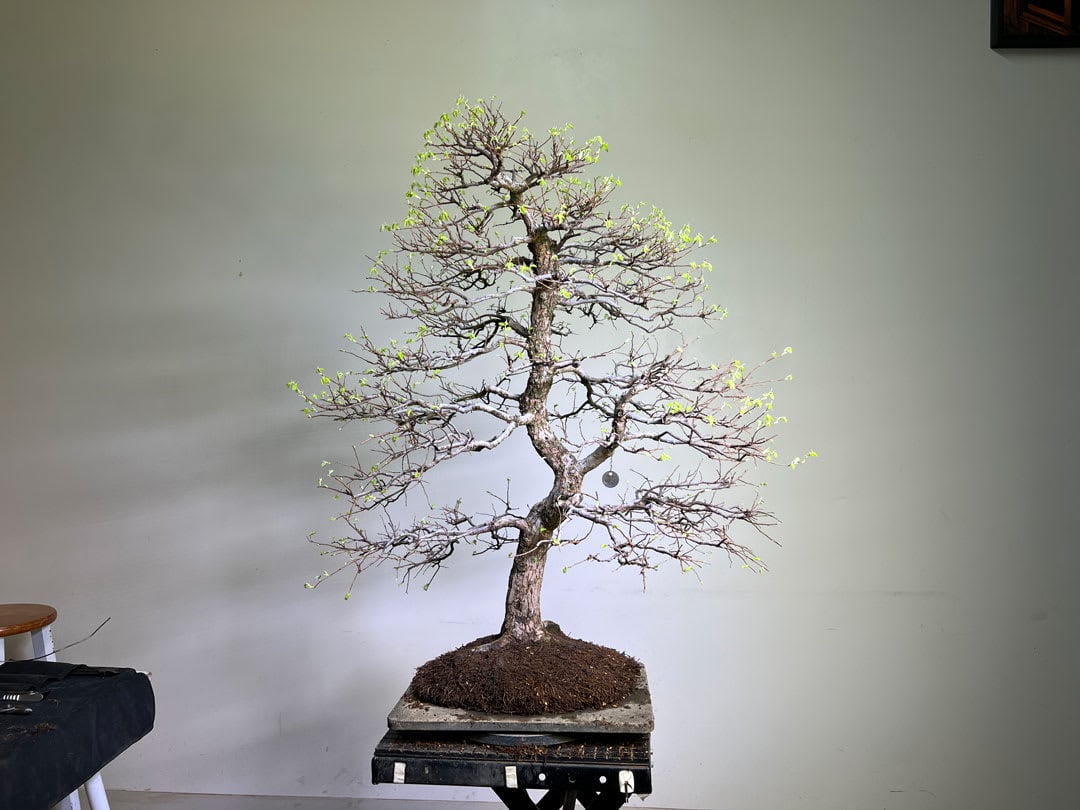
Repotting a 30-Year-Old Texas Elm Bonsai
At Home Oby Morgan July 30, 2024

At Home Oby Morgan July 30, 2024
It is difficult to speak about Bonsai in Western North Carolina without mentioning Daniel Coffey. Daniel is an artist and Bonsai Professional who tends to Bonsai plants and gardens so that others can enjoy them.
Daniel received his primary training during a multi-year apprenticeship under Junichiro Tanaka, fourth-generation owner of Aichien Bonsai Nursery in Nagoya, Japan. Upon returning to the States, he went directly into an internship at the National Bonsai & Penjing Museum in Washington, D.C., under former museum curator, Jack Sustic. Now, Daniel maintains a studio in Asheville’s River Arts District where he styles and photographs his bonsai in addition to teaching. As an instructor, he openly shares his experience and techniques with students of all skill levels.
While he has a studio in Asheville’s River Arts District, every time we spoke with Daniel, he was “on the road” to or from somewhere—and not just around Western North Carolina. Daniel traverses the eastern seaboard, transporting Bonsai and working in one awe-inspiring bonsai garden after another.
This soft-spoken gardner listens more than he speaks and possesses a certain calmness that leaves one wondering if the zen-like quality comes from the Bonsai, or if the Bonsai get it from him. However, when you see him at work however, it becomes evident that his trade-craft is anything but passive.
Repotting a bonsai plant is an important aspect of its care and requires precision and patience. Proper repotting allows the roots to grow and the tree to flourish.
While there is a lot more to know about repotting and caring for a Bonsai, and the video that accompanies this article “barely scratches the surface” according to Daniel, we thought it might be helpful to provide a step-by-step breakdown of what Daniel is doing when he repots a Bonsai. This particular Bonsai is a 30-year-old Texas Elm Tree, and was actually featured in an Bonsai exhibit at Blue Spiral 1 in downtown Asheville last June.
Note that Daniel has already selected a new pot that is proportional to the bonsai’s size. The pot is deep enough to accommodate the roots and has a good drainage system. Pottery that is permeable to water, like terra cotta, is perfect.
First, Daniel prepares the new pot before starting to remove the plant form it’s current pot. He starts by setting drainage screens over the drains, to prevent any of the potting materials from leaking out. Then, he strings tie-down wires through the drainage holes and screens, so that they are ready for attachment when he places the plant into the new pot.
First, Daniel prepares the new pot before starting to remove the plant form it’s current pot. He starts by setting drainage screens over the drains, to prevent any of the potting materials from leaking out. Then, he strings tie-down wires through the drainage holes and screens, so that they are ready for attachment when he places the plant into the new pot.
Now that the plant is ready, Daniel makes a base-layer of Bonsai soil (comprised of a mixture of akadama, lava, and pumice) in the new pot, carefully covering the drainage screens so that they do not get clogged and will keep the soil at the right moisture levels.
He positions the plant in the pot, ensuring that it’s centered and the surface roots (also called nebari, meaning “root flare”) are visible and sets the tie-down wires that will keep the plant in place and upright. Proper positioning of the plant in the pot will ultimately promote a good posture as the plan grows over the next few years.
Once the plat is set, Daniel adds more bonsai soil but doesn’t fill the pot all the way to the top edge. He leaves room for what is called the “top dressing”, which is a mixture of sphagnum moss and green moss. Spaghnum moss can hold around 25 times its weight in water, so it makes a great material for keeping the plant from drying out. By breaking up the live green moss and mixing it with the spaghnum, the green moss will take over quickly and cover the top layer of the Bonsai in a matter of weeks.
Repotting a bonsai plant is a process that requires patience and precision, and while we can’t claim to have an abundance of either, Daniel does. If you want to know more about his work, how to have your own Bonsai, take one of his Bonsai classes, or visit his website for more information. Daniel is also having an Spring/Summer Open House at his studio in Riverview Station on June 3 and 4.
If you simply want to see more of these amazing pieces of art, visit the upcoming gallery exhibition at Blue Spiral Gallery from June 2-11. It’s a collaboration between Blue Spiral, the Blue Ridge Bonsai Society, and the NC Arboretum, and will feature work from nationally recognized bonsai artists.
Stay up to date on the latest real estate trends.

History
A century-old Donald Ross golf course, once a pioneering space for Black golfers in the South, is getting a second life after catastrophic storm damage.

Resources
Western North Carolina, and Asheville in particular, has long attracted those who appreciate a rich blend of natural beauty, artistic vibrancy, and community connectio… Read more
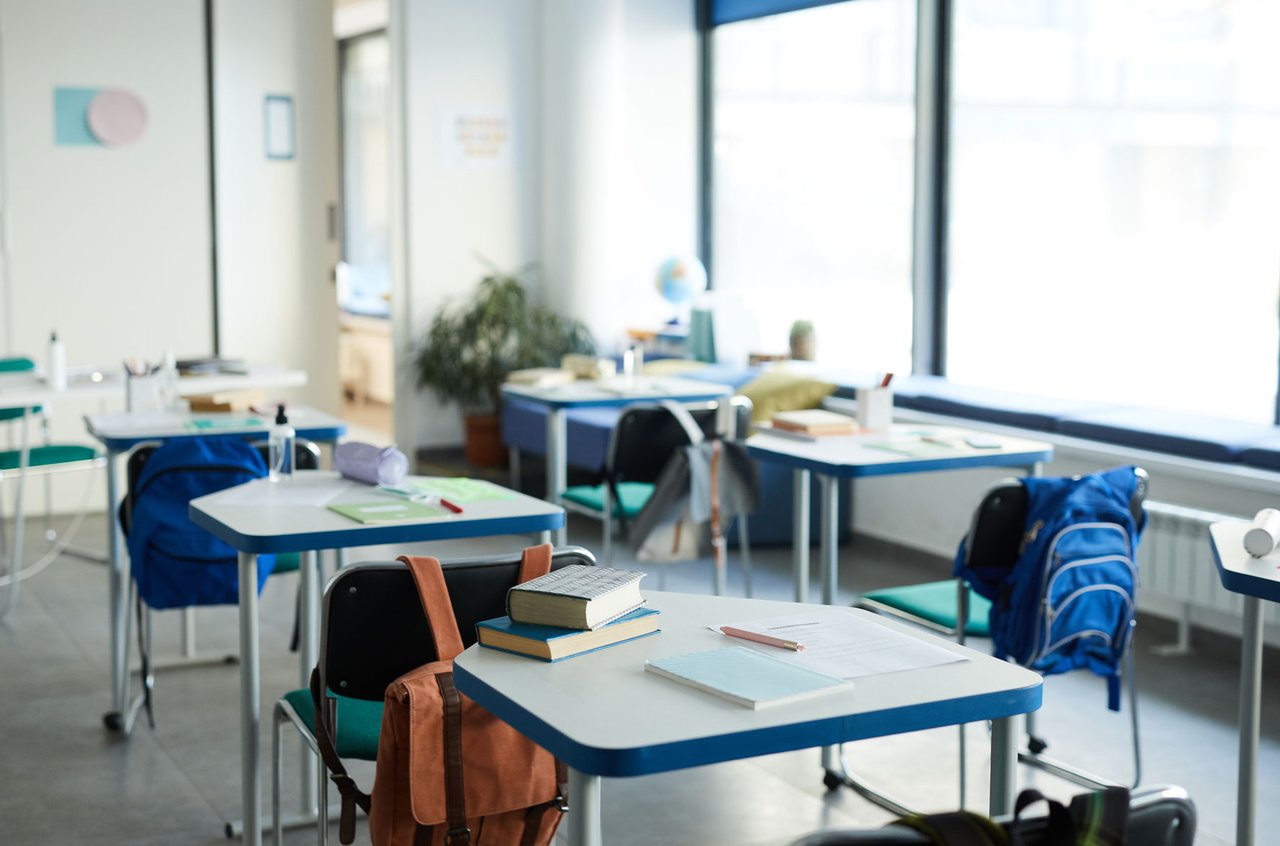
Resources
elocating families will be pleased to find that Buncombe County Schools—which serve most of the Asheville region outside the city proper—are high-performing and well-r… Read more

Local Industry
Asheville has long attracted those seeking clean air, active living, and “restorative” mountain properties since the early 20th century.
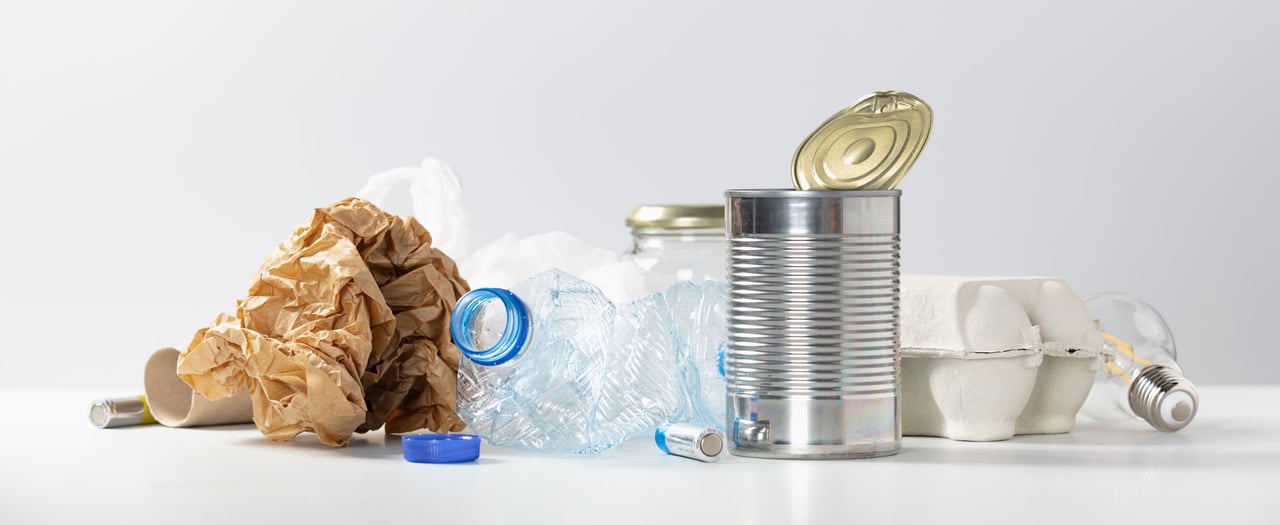
Resources
Curbie provides comprehensive recycling services for the city of Asheville, offering residential, commercial, and industrial recycling solutions tailored to meet the n… Read more
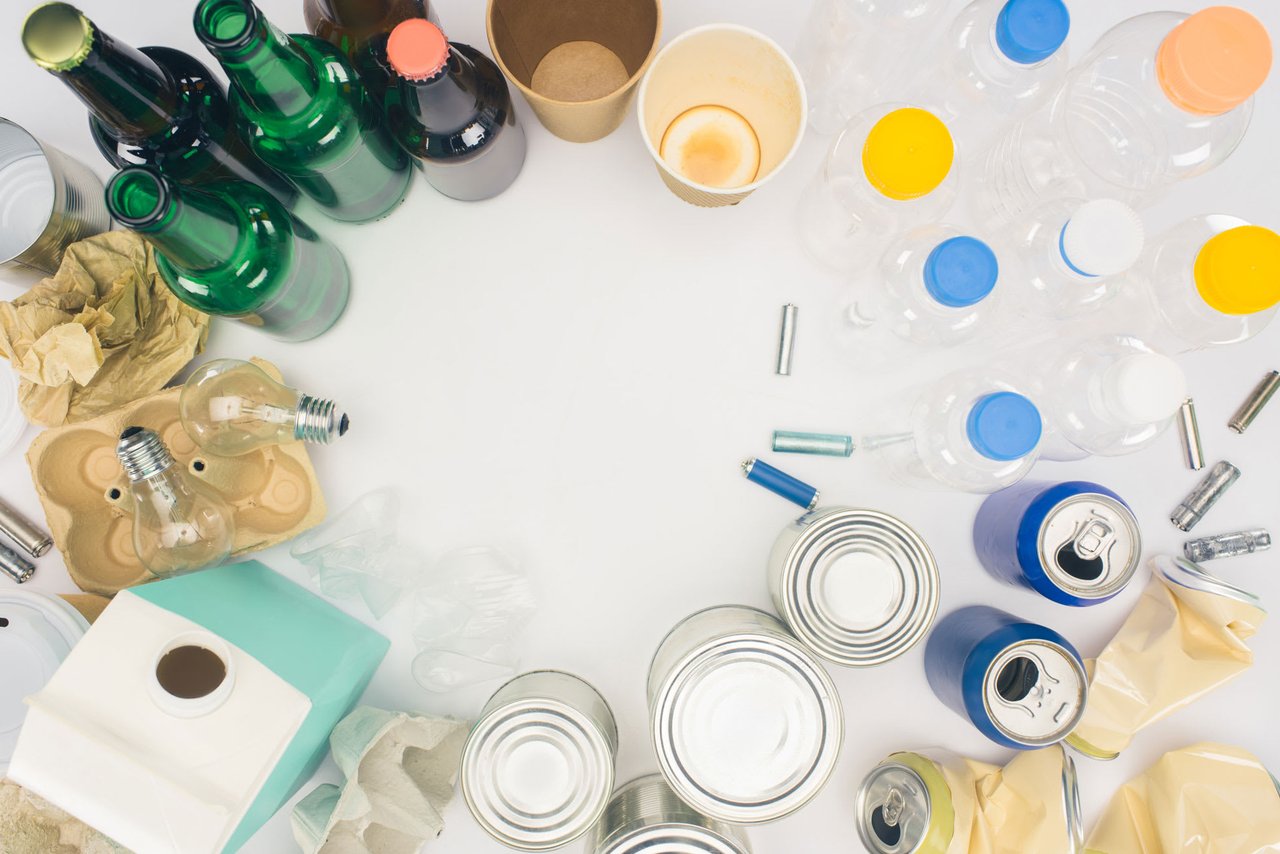
Resources
Understanding Recycling in Biltmore Forest Recycling in Biltmore Forest is a community-oriented service designed to promote environmental sustainability and keep the t… Read more

Columns by Local Experts
Maximizing your returns from real estate sales involves not just savvy market strategies but also keen awareness of the tax implications; this guide provides essential… Read more
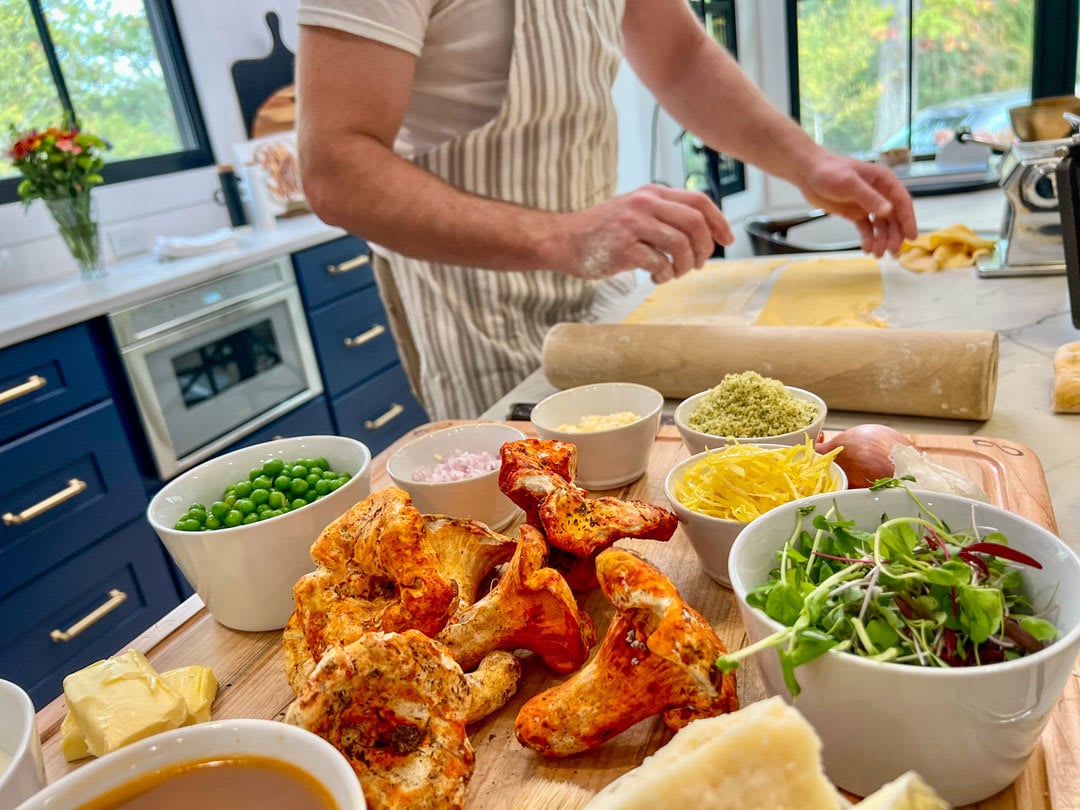
Cooking & Recipes
Join Brian Crow, Culinary Director of Corner Kitchen and Chestnut Restaurants, as he takes us foraging for mushrooms and makes a unique lobster mac and cheese

Local Industry
With over 175 practices in the region, these professionals offer services that include wellness visits, surgery, dental care, and integrative medicine.